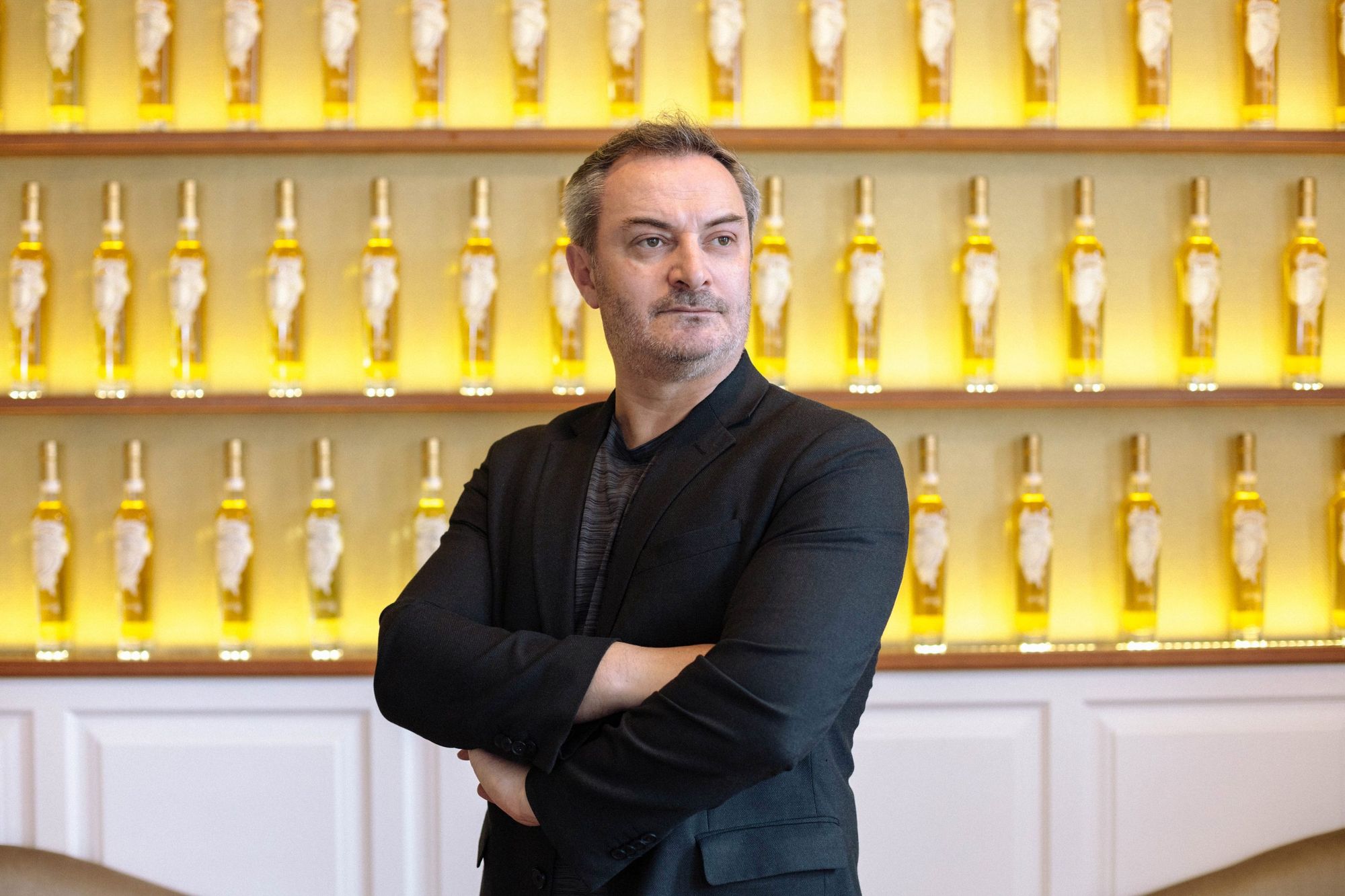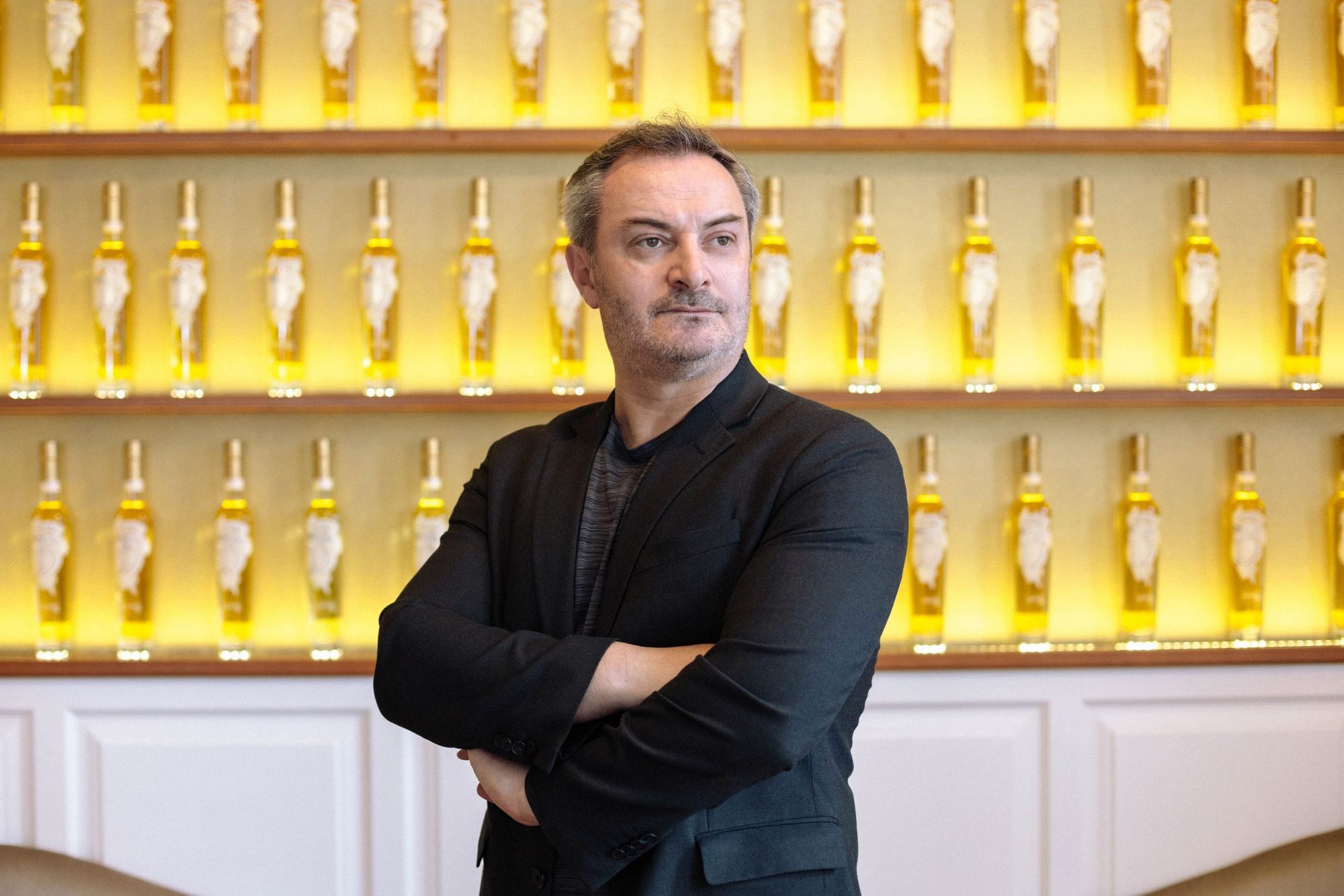Where can the creation of a smart city get stuck, and how can I be part of such a vision? Who better to ask about creating smart cities than the bestselling author of Smart Cities for Dummies and the former smart city leader of Palo Alto? Our interview with Dr. Jonathan Reichental.
As the smart city leader of Palo Alto in Silicon Valley, what was the biggest challenge you had to face?
This is always a difficult question because you face many challenges in any leadership position. If you advocate using technology in a community, you have to consider technology issues as well as people’s problems. It is not just one dimension. I think, at the end of the day, technology is, in many ways, the easiest part. But, of course, I do not want to oversimplify it because connecting different systems and processing and moving data is not easy. And if we are doing things like deploying sensors in the community, we have to pay attention to cybersecurity and privacy. These components exist, but I think it is mainly about the challenges with people. While it is always hard to pick one, I would say that the difference between successful and unsuccessful initiatives often comes down to leadership. And it is about the leadership at every level. Even if they do not manage people, they still lead processes, they lead ideas, and they lead in their support. They can be seen as models for their communities. I believe that the right leaders need to provide the right support at the right time and articulate the right messages. For most smart city leaders, including myself, this is one of the hardest things to do. When it works, it works very well. But, if you do not have leadership support, you have a high chance of failure.

What can be the biggest obstacle that you have to tackle when going through the process of establishing a smart city?
Every day there are more and more opportunities for failure, so you will have to navigate through stormy waters, but that is part of the leadership challenge. It is part of the challenge of being responsible for something complicated and a little different from what people are used to. You are asking people to do things they are generally not used to. In building a smart city, you have to explore technologies that sometimes do not really work. Not only can you lose the support of city leaders, but you can also lose the community’s support. If you lose the support of your community, you have lost; you have failed. So, what can we do to keep the support going? Well, you have to involve the community and make sure they have the opportunity to give feedback. Let us take an example: in a busy intersection we will install cameras to help the traffic. People see the cameras, and they do not know whether those cameras are just monitoring traffic. Will they take pictures of me, my family, and my children? The solution to that is to put up a sign or put some kind of notice in the area saying that we are currently looking at traffic management, and they can be assured that we are not recording people’s faces. That sign should also invite people to provide feedback. If you are really trying to use cutting-edge technology, you face potential challenges. For example, we have been experimenting with blockchain technology for almost ten years now, and we have some experience, but we are still pushing the boundaries, and we are still seeing the limitations. We need to be aware of that as we move forward. I think a smart city initiative can ultimately fail if it does not clearly solve a problem or improve people’s quality of life. If it does not achieve either of those two goals, we are probably doing the wrong thing.

As a person who would like to live in a smart city, how can I participate in the establishment process?
You can join at several levels. At one level, as a voter, you can participate in elections and vote for leaders who align with your values. In the communities where you live, understand the different policies and ideas that each politician represents. You need to make sure you vote for those who are in line with your interests. That is number one. Number two is that you can volunteer. In most cities, there are several opportunities to do volunteer work. There are many task forces and committees in every city, and what people do not realize is that you just have to call the city hall or go into the mayor’s office and ask what volunteer opportunities are related to the smart city concept. You would be surprised, but they are likely to say yes, as they have lots of opportunities. You just have to volunteer. The third would be if you really want to change the game, solve the problem that is bothering you. If you think you live in a community that cannot stand that people are just throwing trash on the street or there is a homelessness problem in the area or whatever it is, and you just wish the government would fix it: well, I must tell you, in the 21st century, you can do those things yourself. The fourth way is to work for a city or govtech organization. I follow many people on Twitter and LinkedIn active in cities and startups connected to the Govtech space. And they are constantly advertising job openings. Today, the City of San Francisco announced three new data science jobs related to San Francisco’s smart city efforts. If you are really passionate, why not work in one of these roles and do the hard work of building a smart city? Finally, the fifth would be to be an advocate who believes in positive and thoughtful change. You can be an actual advocate through organizations by organizing meetings where you argue, for example, for greater government data transparency. Or you can hold a meeting to advocate for the use of blockchain in your community. These are five concrete ways you can get involved as an individual.
What would you say after such an inspiring career journey in a scenario when you would be able to have a conversation with yourself when you were a university student?
Luckily, I did many things right. I always tried to do work that was beyond my abilities. I knew I would grow into it and be successful. Learn more when you are younger, so you do not have to worry about learning in your 30s or 40s. I got four degrees, and it took me from the age of 18 to my late 30s, so I went to school a lot. I probably could have done it faster. The other thing that is most important to me is that I was too slow in making some very important decisions. I finally made them, but it was late. I would tell my younger self that when you feel you need to make a move, like quitting a job or applying to another group, recognize your strengths and look for other opportunities. Life is very, very short. My next advice would be to have more empathy. I learned this later in life. You never know what a person is going through. They might have a family member who is sick right now or financial problems or whatever. I think having empathy creates healthier human dynamics. That brings me to the idea of kindness. Just be kind. I have been talking about this a lot lately. When I tweet, I try to remind people that when you wake up every day, your attitude is largely your choice. There are a lot of people who are angry. Would not it be better to wake up saying, how can I be nice? The last point I would bring up is to create more value than you get from others. There are many ways of thinking about this. Too many people think: what do I get in return if I give you something? But what if I just give you something because I simply want to give it to you? I want you to succeed. I do not want anything in return.
Dr. Jonathan Reichental is a multiple-award-winning technology and business leader whose career has spanned both the private and public sectors. He has been a senior software engineering manager, a director of technology innovation and has served as chief information officer at both O’Reilly Media and the City of Palo Alto, California. Reichental is currently the founder of advisory, investment, and education firm, Human Future and also creates online education for LinkedIn Learning. He has written three books on the future of cities: Smart Cities for Dummies, Exploring Smart Cities Activity Book for Kids and Exploring Cities Bedtime Rhymes. His latest book, Data Governance for Dummies, will come out in late 2022. He is currently working on a new book about cryptocurrencies. We interviewed him in Hungary at MCC Fest.
Photo: Dániel Gaál | Hype&Hyper

Twisted #3—Disgusting











